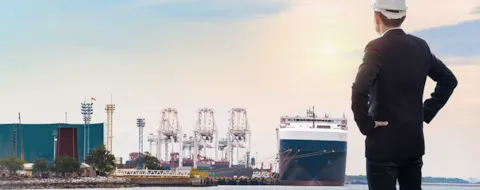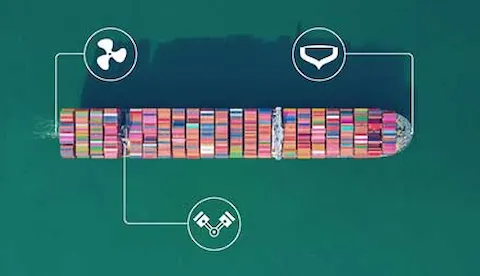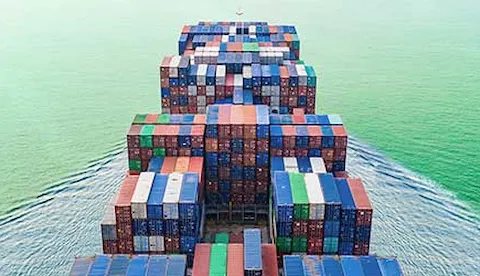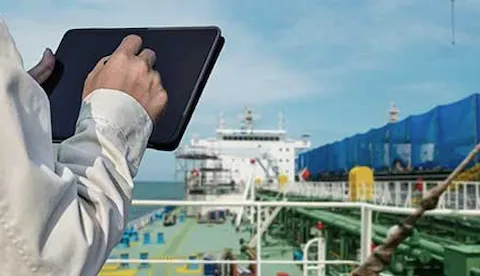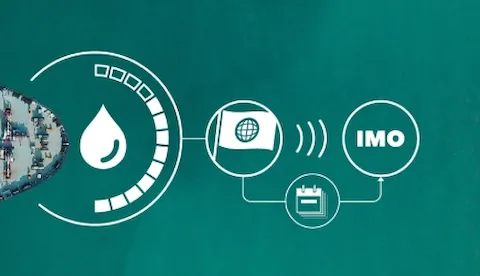IMO GHG strategy
According to the 4th IMO Greenhouse Gas (GHG) Study, maritime transport emitted around 1,056 million tonnes of CO2 in 2018, which is about 2.9 per cent of global GHG emissions. To address this issue, the IMO adopted an initial strategy in 2018 to reduce GHG emissions from ships, which was revised in 2023 with strengthened ambitions.
The IMO’s 2023 Revised GHG Strategy has three interlinked ambitions:
- A reduction in carbon intensity of international shipping by at least 40 per cent by 2030 compared to 2008.
- Uptake of zero or near-zero GHG emission technologies, fuels and/or energy sources to represent at least 5%, striving for 10%, of the energy used by 2030.
- GHG emissions from international shipping to reach net zero by or around, i.e. close to, 2050.
The strategy also sets out indicative checkpoints for 2030 and 2040
- to reduce the total annual GHG emissions from international shipping by at least 20%, striving for 30%, by 2030.
- to reduce the total annual GHG emissions from international shipping by at least 70%, striving for 80%, by 2040.
To provide a regulatory framework to achieve the targets of the initial strategy, the IMO implemented the following measures as part of MARPOL:
- Energy Efficiency Design Index (EEDI): New ships must be built and designed to be more energy efficient.
- Ship Energy Efficiency Management Plan (SEEMP): A practical tool for helping shipowners manage their environmental performance and improve operational efficiency.
- Energy Efficiency Existing Ship Index (EEXI): Set to enter into force in 2023, EEXI applies many of the same design requirements as the EEDI, with some adaptations regarding limited access to design data.
- The Fuel Oil Consumption Data Collection System (DCS): Mandates annual reporting of CO2 emissions and other activity data and ship particulars for all ships above 5,000 GT.
- Carbon Intensity Indicator (CII) is a rating scheme (A-E) developed by the IMO to measure the annual performance of all ships above 5,000 GT in terms of CO2 per DWT and distance covered.
To ensure that shipping reaches the revised ambitions, the IMO has decided to implement a basket of measures consisting of two parts:
- A technical element which will be a goal-based marine fuel standard regulating the phased reduction of marine fuel GHG intensity.
- An economic element which will be some form of a maritime GHG emissions pricing mechanism, potentially linked directly to the GHG intensity mechanism.
The development of the measures will continue at the IMO and will, according to the agreed timeline, be adopted in 2025 and enter into force in around mid-2027.
DNV INSIGHT: The essential organisation While some have criticised the IMO for not acting with more urgency on climate change, the organization’s work will play an increasingly important role in the decarbonization of the shipping industry going forward. In addition to regulations to reduce GHG emissions from ships and encouraging its 174 member states and to develop and update National Action Plans consistent with IMO policies, the IMO collaborates with key industry stakeholders through its Department of Partnerships and Projects (DPP). Introduced in 2020, the DPP acts as a gateway for developing partnerships opportunities with a wide range of external partners, include member states, UN agencies, financial institutions NGOs, IGOs, and the private sector. |
